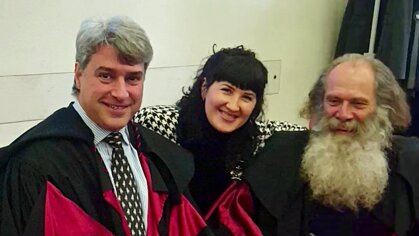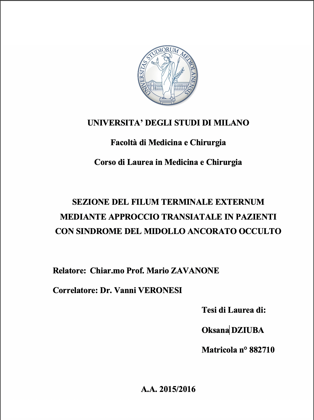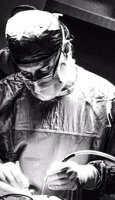© Copyright 2020 Vanni VERONESI. All rights reserved.
Informativa sulla Privacy (ITALIANO) / Privacy Policy (ENGLISH)Informativa sui Cookies (ITALIANO) / Cookies information (ENGLISH)
DEGREE THESIS WITH THE DATA OF OUR DIAGNOSTIC-SURGICAL PROTOCOL
- UNIVERSITY OF MILAN -
ACADEMIC YEAR 2015-2016


FROM 2014 TO 2016 THE CASE STUDY WAS COMPOSED OF 48 PATIENTS IN WHICH OUR PROTOCOL WAS PERFORMED: LUMBAR MAGNETIC RESONANCE IN PRONE POSITION AND MINIMAL INCISION MICROSURGERY (MIMS) OF THE FILUM TERMINALE EXTERNUM SECTIONING IN LOCAL ANESTHESIA.
The data of our innovative diagnostic and therapeutic protocol, through diagnosis with lumbar MRI in the prone position and the minimal incision microsurgery (MIMS) with a transhiatal approach for filum terminale externum sectioning with microsurgical technique in local anesthesia, have been the subject of a thesis in medicine and surgery at the University of Milan.
Patients operated with the aforementioned minimally invasive technique from 2010 until July 2014 were excluded from the cases because the diagnostic method with MRI had not yet been published, and therefore not performed by us lumbar prone position.
Only 48 patients operated on filum terminale externum sectioning from 29/07/2014 to 29/06/2016 were subject to the degree thesis.
The surgery was performed under local anesthesia with minimally invasive microsurgical technique at the SSD of Surgery of the Peripheral Nervous System with operating sites at the "Umberto I" Hospital in Lugo (Ra) and the "Degli Infermi" Hospital in Faenza (Ra) of the Local Health Authority of Romagna.
The age of the patients varied from 18 to 70 years. There was a clear predominance of the female sex (M / F: 15/33).
The patients were divided into three groups:
- a group with an occult tethered cord and Chiari malformation type I;
- a group with occult tethered cord and LLCT (descent of the tonsils from 1 to 4 mm such as not to configure the presence of Chiari I malformation);
- a group with the diagnosis of occult tethered cord not associated with other pathologies of the nervous system.
Types of pre and postoperative symptoms and indices obtained from lumbar MRI in the prone position.
There were no complications.
A few hours after the surgery, the patients were free to walk and were discharged the day after the surgery.
To give the overall figure, without going into detail in the almost sixty pages of the thesis, we report the assessment of the overall well-being situation perceived by the patient after surgery, considering the impact on daily activities and therefore on quality of life in general, at the second follow-up to the six-month follow-up visit an improvement was found in 87% of the patients.

LAST UPDATE 13th APRIL
© Copyright 2020 Vanni VERONESI. All rights reserved.
